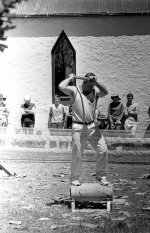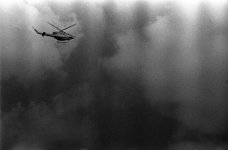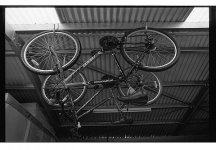Semuta
Member
So I just did my first two rolls of Tri-X with stand and, honestly, these are some of the worst looking negatives I've gotten...and I'm not very good at this in the first place. They have extraordinary contrast (too much really) and grain, and a strange amount of detail, but they almost look like something from the 19th century. Ghostly? Sometimes that's good, mostly it's bad.
I'm not sure what I'm doing wrong exactly. Maybe I'm agitating too harshly? It seems like my negatives are generally grainier than what I see here and elsewhere, and I was really expecting different results from this process and with Rodinal. I feel like I need to step back and reevaluate the whole process.
I'm not sure what I'm doing wrong exactly. Maybe I'm agitating too harshly? It seems like my negatives are generally grainier than what I see here and elsewhere, and I was really expecting different results from this process and with Rodinal. I feel like I need to step back and reevaluate the whole process.












